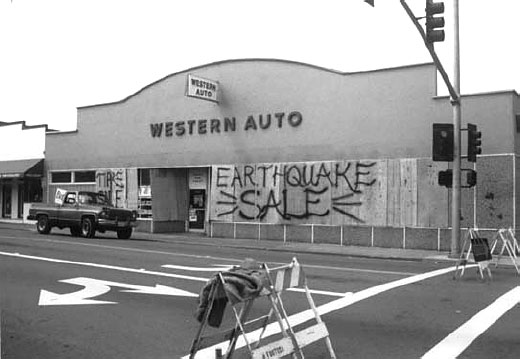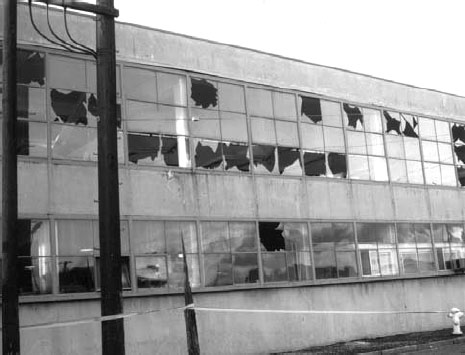The Problem

How to Identify It
Check to see if there are solid walls, diagonal braces, plywood panels, or heavy steel frames next to any large window. Such a window does not always indicate an earthquake weakness. There are no simple rules of thumb for determining whether or how much bracing is needed or where it should go.
You will need the help of an architect or engineer with experience in earthquake strengthening.
What Can Be Done
New steel framing or plywood paneling can be installed around a storefront window. New window mullions can be added to replace a large piece of plate glass; this change will allow for more movement. Plastic film can be applied to the windows to keep the pieces from scattering if a window does break.
You should consult a qualified architect or engineer if you have large or numerous windows, especially on the ground floor of your building.





